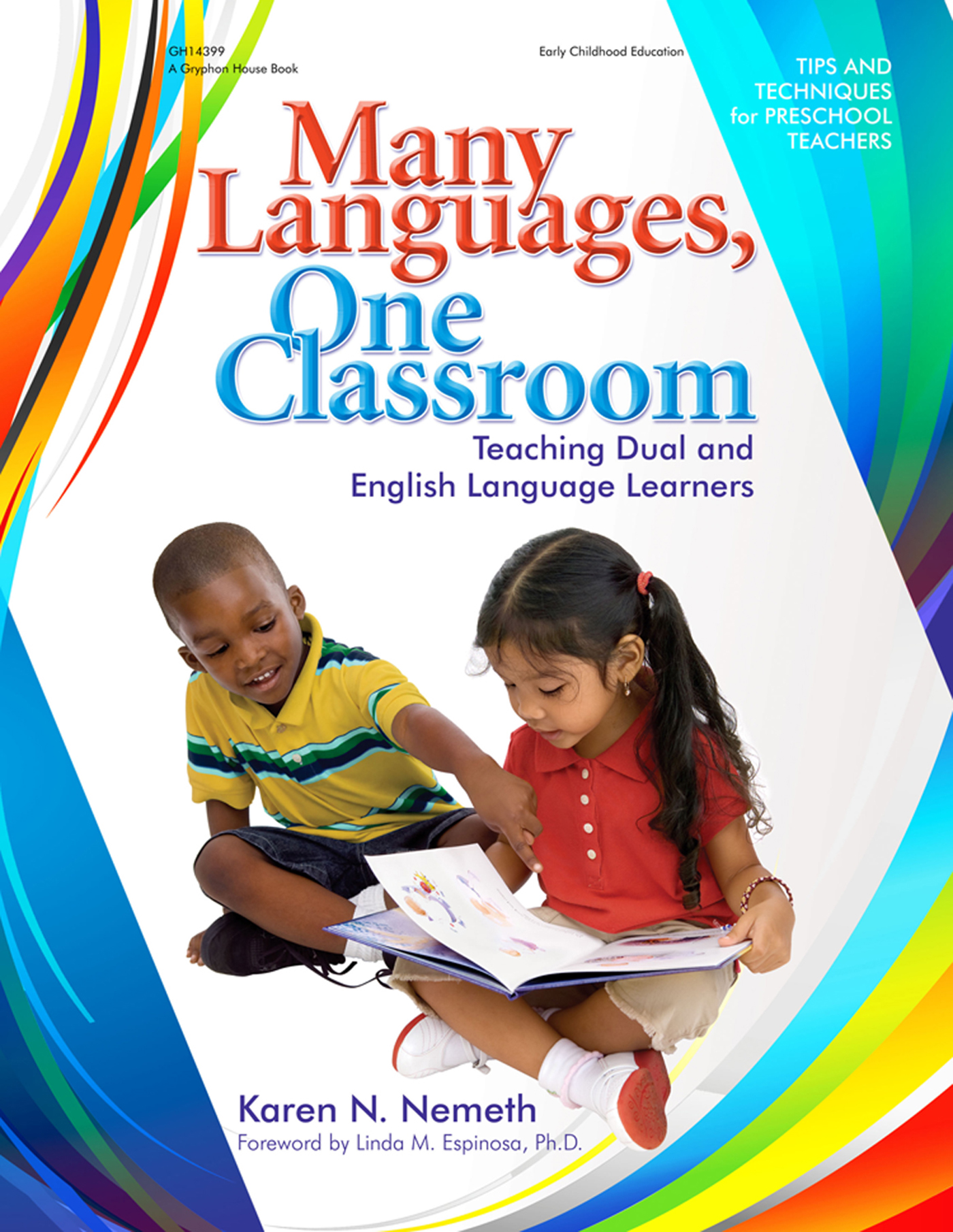- Home
- Activities
- International Restaurant | A Cultural and Language Enhancement Activity
International Restaurant | A Cultural and Language Enhancement Activity

Featured in Many Languages, One Classroom: Teaching Dual and English Language Learners, by Karen N. Nemeth, this activity allows children to create their own restaurant menus using magazine clippings of international foods and key words from the languages of all the children in your classroom. By including culturally inclusive items like these in your dramatic play environments, you can help children from different language backgrounds become active participants in this important part of the preschool day. When the dramatic play area is full of authentic props, young children will find it easier to identify and talk about these items, play, explore, and develop essential language and social-emotional skills. Get the book for more great ideas and activities for stimulating all the learners in your classroom, regardless of the languages they speak!
Materials
- Restaurant menus that are familiar to the children (ask children’s families to collect some
- Magazines, catalogs, and flyers with photos of relevant food
- Labels with food words translated into the languages of the classroom
- Restaurant order pads
- Pens, pencils, markers, glue sticks,cardboard, or construction paper
- Picture books about food, cooking, and restaurants
- Cooking utensils that represent the cultures in your classroom
Key Word Examples
- bowl
- breakfast
- chopsticks
- cold
- cook
- delicious
- dinner
- eat
- good
- hot
- lunch
- more
- please
- restaurant
- stir
- thank you
- warm
- you're welcome
- names of foods appropriate to the props, languages, and experiences of the children
What to Do
- Learn the key words in the languages of your classroom.
- Join the children in the dramatic play area to talk about the menus. Ask which is their favorite, do they remember the last time they were there, and what did they eat? Discover the foods they like, noticing words or letters they recognize, and so on.
- Participate in pretend scenarios about ordering at a restaurant, and preparing and serving food.
- Use food photos and paper supplies for children to create their own menus (discuss their choices with them and build on vocabulary and speech sounds as they come up).
More to Do
- Plan a field trip to a local restaurant and arrange a tour of how things are made, served, and paid for. Take digital photos.
- Back at school, print out the photos and use shared writing and dictation to create a class book about the experience. Next, if possible, translate it into all the languages spoken in the class. Place the class book in the library area and bring some of the related books out of the library area to other areas where they could enhance play, such as the block area or writing area.
- Design food-related science projects or math activities for the small-toy area.
- At snack time, talk about the children’s experiences of dining at restaurants with their family or friends.
Instructions
1. Help the children press their thumbs onto an inkpad, and then onto a piece
of paper.
2. Encourage the children to draw insects by drawing six or eight legs on their
thumbprint.
3. Encourage them to be creative. For example, they can draw parallel lines to
make tunnels and put their ants inside them. Or, when making spiders, they
can add a web or two.
4. This can also be a great counting activity by counting the legs on the spiders
or ants.
More to do
Take a "bug walk" and encourage children to look for bugs. When you get back
to the classroom, draw pictures of the bugs.